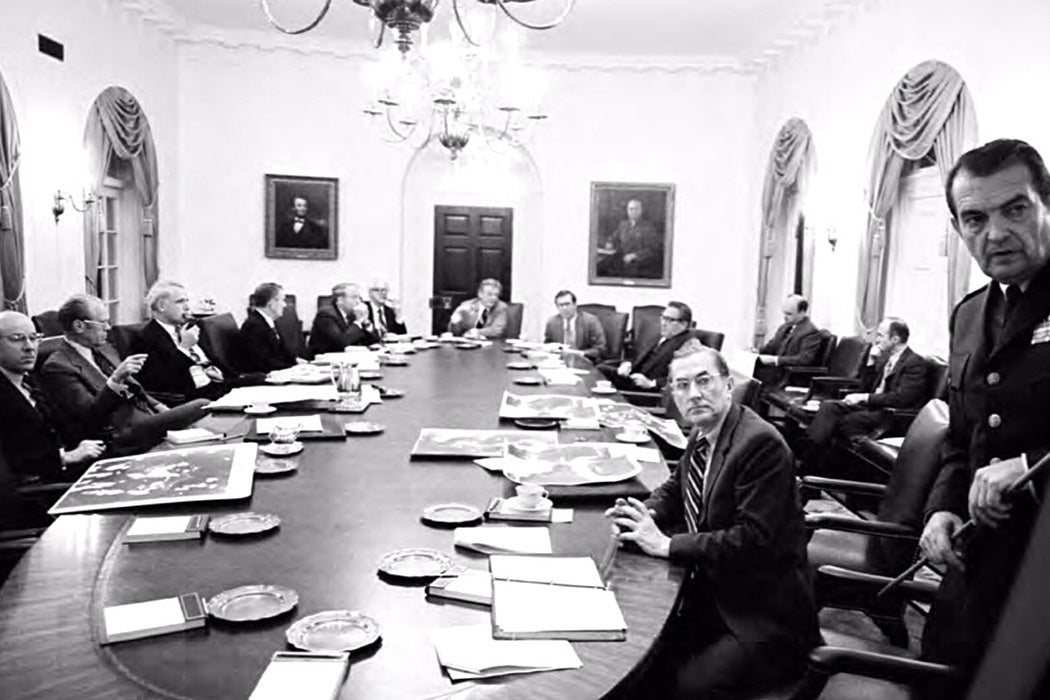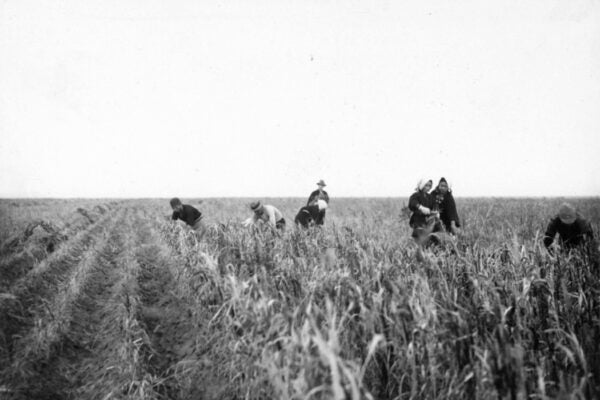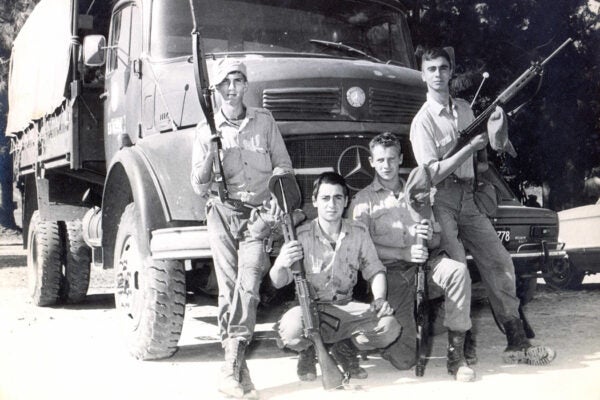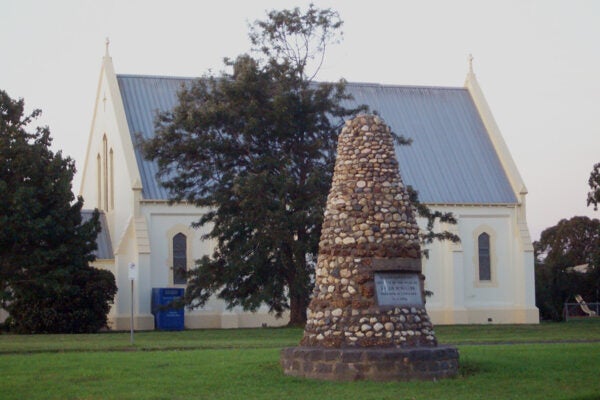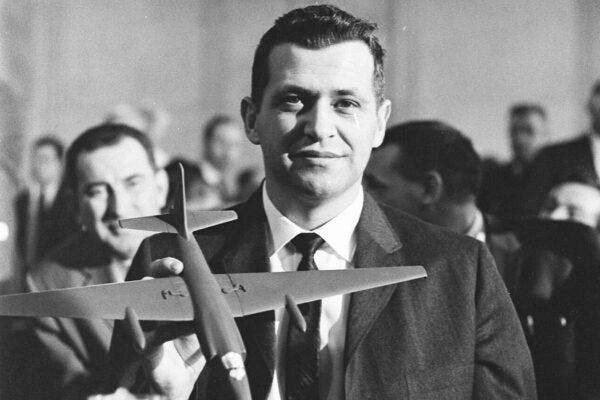Next spring marks the fiftieth anniversary of the last gasp of the Vietnam War. What scholar William P. Head calls the “final tragedy of US involvement in the Vietnam War” actually took place on Cambodian territory. The Mayaguez Incident, as it came to be called, came two weeks after the April 30, 1975, “Fall of Saigon.”
Some of the last names engraved onto the Vietnam Veterans Memorial in Washington, DC, were killed in the battle of Koh Tang in the confused effort to rescue the crew of the merchant ship SS Mayaguez. This included three Marines presumed to have been killed, or executed after battle, whose remains were still being searched for into this century.
It started when the American merchant ship Mayaguez was boarded by communist Khmer Rouge forces in contested waters off Cambodia on May 12, 1975. In one of the many ironies of the incident, the Khmer Rouge used former US Navy patrol boats to capture the ship. Not recognizing the Khmer Rouge, the US, under President Gerald Ford, began to negotiate for the release of the crew and ship via China. Diplomacy wasn’t given much of a chance, however, even though the Khmer Rouge indicated they were willing to release the forty-man crew.

Reeling from the humiliation of defeat in Vietnam, Ford and his advisors on the National Security Council decided to send a strong message that the US wasn’t an impotent “paper tiger,” as earlier Chinese Communist propaganda had it. But how?
“The President knew that any American military action would be complicated since US forces were scattered all over the Pacific as they redeployed from Laos, Cambodia and Vietnam,” Head writes.
The US’s ad hoc military response began with disaster: eighteen USAF Security Policemen and the five crewmen of a Jolly Green Giant helicopter transporting them to a Marine staging area in Thailand all died in a crash on May 14. Additionally, US forces in Thailand hadn’t actually been given permission to increase their presence there, causing a rift in the US-Thailand relationship.
On the morning of May 15, Marines simultaneously boarded the Mayaguez from a Navy destroyer and landed on Koh Tang Island by helicopter. Koh Tang was where the Mayaquez’s crew was presumed to be held. The Mayaquez was quickly captured in clouds of teargas. The landing on Koh Tang, however, proved to be less successful. The crew members weren’t there, and resistance by Khmer Rouge forces was much stronger than predicted. Three US helicopters were lost in the initial landings.
“There was confusion over command and control”, Head writes,
as well as a long chain of command stretching all the way back to the White House running down to the JCS, CINCPAC, Marine, Air Force and Navy forces on the scene and numerous intelligence agencies such as the DIA, Navy Intelligence, the Central Intelligence Agency (CIA), and even a multitude of layers of the State Department, the NSA, and the Ford Cabinet.
Meanwhile, just after the landings on Koh Tang, the Mayaquez’s crew were released to Thai officials, who promptly put them on a boat for pick-up by the US Navy. The US had thus regained both the ship and crew, but combat still continued on Koh Tang. With the crew safe, a second wave of Marines bound for Koh Tang was recalled, but then the Marines on the island called for additional troops to cover their extraction by helicopter, which was completed that evening. During the battle, a 15,000-pound bomb, the “largest conventional bomb in the American inventory,” was dropped on the island.
Weekly Newsletter
When it was all over, fourteen Marines were counted as killed or missing; two Navy corpsmen and two airmen were also dead. There were some forty-one wounded. Khmer Rouge casualties were between nineteen and seventy. The twenty-three USAF personnel killed the day before in Thailand weren’t initially included among the causalities because the Ford administration wanted to downplay the human cost of the whole incident. In the US, “the failure to determine where the Mayaguez crew was and identify the large enemy force on Koh Tang was a source of much ridicule.”
The three Marines unintentionally left on Koh Tang during the evacuation would be listed as missing-in-action (MIA) and then classified as killed-in-action (KIA). Their remains have not been found during recovery attempts in the years since.
